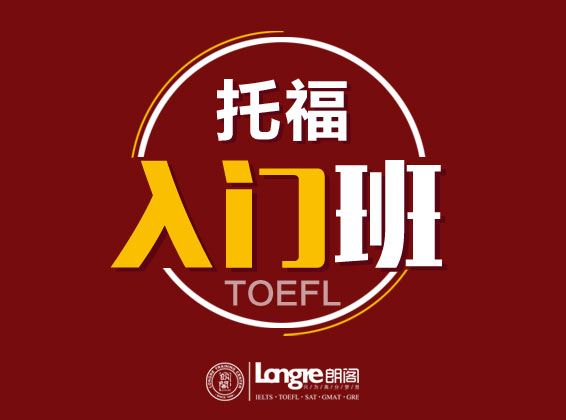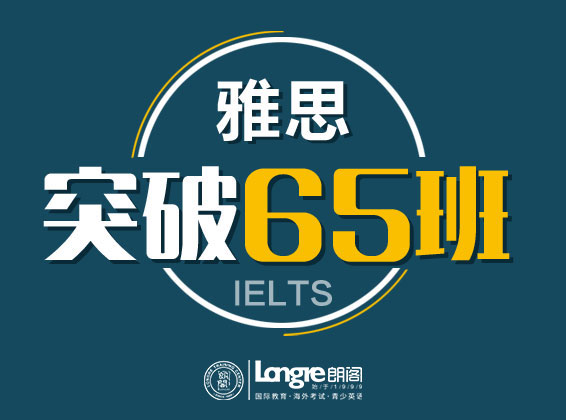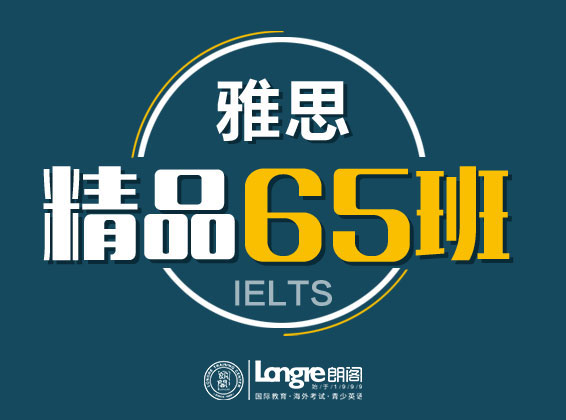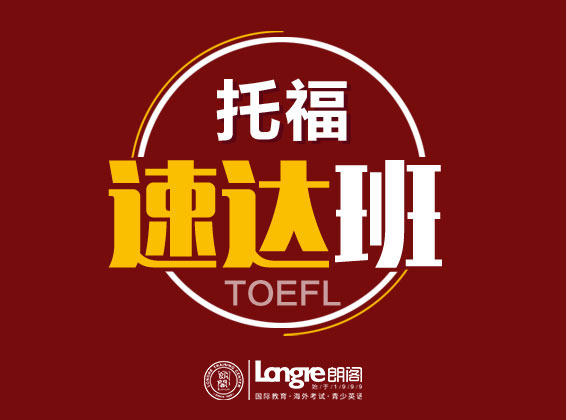|
初期接触雅思阅读的同学,无论基础好与坏,在做题时的关注点主要都是集中在利用散的定位词去定位以及定位之后的同义转换上。当然这也是雅思阅读中主要并且基础的考点,而且大部分的题目我们关注这些点之后能够把题目做对。 但有了一定的题量积累之后大家应该把重点往更高的层次上转移,也就是不能单纯保证找到对应的同义转换,更要考虑题干和原句的逻辑关系对应,这样可以保证我们的答案是精准的。 当然,在定位的时候如果适当考虑用逻辑关系去定位的话可能能帮助我们打破某些题目不好定位的僵局。下面我们结合一些具体的例子来给大家演示一下如何利用逻辑关系解题。
题目:The value attached to original works of art(剑10TEST 2 READING PASSAGE 3) People go to art museums because they accept the value of seeing an original work of art. But they do not go to museums to read original scripts of novels, perhaps because the availability of novels has depended on____27___for so long, and also because with novels, the ___28____are the most important things. A institution B mass production C mechanical process D public E paints F artist G size H underlying ideas I basic technology J readers K picture frames L assistants 32 The writer mentions London’s National Gallery to illustrate A the undesirable cost to a nation of maintaining a huge collection of art B the conflict that may arise in society between financial and artistic values C the negative effect a museum can have on visitors’ opinions of themselves D the need to put individual well-being above large-scale artistic schemes 34 According to the writer, the ‘displacement effect’ on the visitor is caused by A the variety of works on display and the way they are arranged B the impossibility of viewing particular works over a long period C the similar nature of the paintings and the lack of great works D the inappropriate nature of the individual works selected for exhibition
文章节选: Museums of fine art and their public One of the most famous works of art in the world is Leonardo da Vinci’s Mona Lisa. Nearly everyone who goes to see the original will already be familiar with it from reproductions, but they accept that fine art is more rewardingly viewed in its original form. However, if Mona Lisa was a famous novel, few people would bother to go to a museum to read the writer's actual manuscript rather than a printed reproduction.This might be explained by the fact that the novel has evolved precisely because of technological developments that made it possible to print out huge numbers of texts, whereas oil paintings have always been produced as unique objects.In addition, it could be argued that the practice of interpreting or 'reading' each medium follows different conventions. With novels, the reader attends mainly to the meaning of words rather than the way they are printed on the page, whereas the ‘reader’ of a painting must attend just as closely to the material form of marks and shapes in the picture as to any ideas they may signify. Yet it has always been possible to make very accurate facsimiles of pretty well any fine art work. The seven surviving versions of Mona Lisa bear witness to the fact that in the 16th century, artists seemed perfectly content to assign the reproduction of their creations to their workshop apprentices as regular "bread and butter7 work. And today the task of reproducing pictures is incomparably more simple and reliable, with reprographic techniques that allow the production of high-quality prints made exactly to the original scale, with faithful colour values, and even with duplication of the surface relief of the painting. But despite an implicit recognition that the spread of good reproductions can be culturally valuable, museums continue to promote the special status of original work. Unfortunately, this seems to place severe limitations on the kind of experience offered to visitors. One limitation is related to the way the museum presents its exhibits. As repositories of unique historical objects, art museums are often called 'treasure houses'. We are reminded of this even before we view a collection by the presence of security guards, attendants, ropes and display cases to keep us away from the exhibits. In many cases, the architectural style of the building further reinforces that notion. In addition, a major collection like that of London's National Gallery is housed in numerous rooms, each with dozens of works, any one of which is likely to be worth more than all the average visitor possesses. In a society that judges the personal status of the individual so much by their material worth, it is therefore difficult not to be impressed by one's own relative ‘worthlessness’ in such an environment. Furthermore, consideration of the ‘Value’ of the original work in its treasure house setting impresses upon the viewer that, since these works were originally produced, they have been assigned a huge monetary value by some person or institution more powerful than themselves. Evidently, nothing the viewer thinks about the work is going to alter that value, and so today’s viewer is deterred from trying to extend that spontaneous, immediate, self-reliant kind of reading which would originally have met the work. The visitor may then be struck by the strangeness of seeing such diverse paintings, drawings and sculptures brought together in an environment for which they were not originally created. This ‘displacement effect’ is further heightened by the sheer volume of exhibits. In the case of a major collection, there are probably more works on display than we could realistically view in weeks or even months.
首先来看一下27题,有不少同学会误选C或者I,因为大家的定位基本都不会出问题,对应我们用黄色高亮出来的句子,在这句话中确实提到了和technology有关的信息,并且这个打印的过程也是一个机械的过程,所以好像都有些道理。但大家同时也要注意到,在我们定位到的句子中出现了whereas oil paintings have always been produced as unique objects。 这句话的中转折词whereas代表了前后两者之间的对比,那从哪个方面进行比较的呢?这个地方说novels是huge numbers of texts,而oil paintings是unique objects,两个东西进行对比的话肯定是有可比性才行,很显然,这个地方两者是就数量进行对比。因此这个逻辑就出来了,人们愿意去博物馆看oil paintings的原作,但是不愿意去读小说的手稿是因为小说可以大量获得而油画是独一无二的东西,答案是B mass production. 再来看一下28题,这个题目本身不需要考虑太多的逻辑关系,同义转换基本能够帮助我们做题。但28题题干中出现了and also because with novels,是一个并列类的考点,回到原文定位时会找到并列的对应点in addition,然后读下面的出题句时会发现在with novels那句话中又出现了whereas,跟我们27题的出题句结构一样。这样的话我们能够看出整段的行文结构,先给出一个现象然后分别从两个层次去解释,并且在两个层次当中都出现了对比。这样的话我们的思路会非常清晰,做题目也会比较有把握。 紧接着看一下32题。这道题是单选题中相对常见的一种问法,就是问举例子的作用是什么。这类题的做题思路是例子的作用是为了支持论证某个观点的,观点一般情况下会在例子的前后出现,至于是看例子前面还是后面要结合具体的逻辑来看。有些情况下我们在例子前后找不到和答案相关的内容,那就需要考虑一下该段的段落中心,因为例子出现在这个段落里面基本都是为了服务段落中心的。 32题的定位也不存在难度,因为出现了专有名词。定位到所在的句子后发现句子的开头出现了in addition,因此很自然的我们就会优先往后看,因为后面是一个完整的层次,找不到答案的情况下再去看前面相关的内容。In addition所在的句子阐述了例子的内容,后面的句子做了归纳总结,因此解题点就是本段的最后一句话。很多同学也看到了这句话,但每个人的思维不同,有些同学得出了正确结论而有些人的思维偏离了出题人的思维。所以我们还需要从另外一个角度把偏离的思维纠正过来,那就是要考虑这一段的段落中心。我们刚刚看到in addition的时候就应该联想到这一段的结构应该跟第2段差不多,也是从两个层次来说明一下某个问题。因此看到这一段的开头,也就是段落中心句通常出现的地方,开头我们看到了one limitation is related to the way…降到了局限性,看到这儿肯定又要问了,文章在讲什么东西的局限性呢?整篇文章我们是从前面的段落看过来的,所以很自然知道这个地方的limitation讲的就是对于参观者的体验带来的严重的局限性之一是什么,所以我们的出题句所在的段落是围绕着对于参观者产生的不好的影响来讲的,我们的例子也是为了说明这个问题,因此答案就非常清晰了。 34题的定位也不存在问题,因为出现了带有特殊符号的定位点,但定位到那句话后很多同学没有抓住其中的逻辑关系,直接往后面看,因此错过正确答案。这也是目前很多单选题的出题套路,定位比较明确,但找到精准的出题句就有些难度。来看一下我们找到的出题句,This ‘displacement effect’ is further heightened by the sheer volume of exhibits.这句话中出现了一个further,说这种effect被后面的东西进一步加强了,也就是说前面这种effect已经产生过,这个地方是进一步给加强了,而我们题干问的正是这种effect是由于什么导致的。因此我们的出题句因该是定位句加上它前面的那句话,而不应该是后面的内容。 以上是用剑桥真题中同一篇文章中的不同题型给大家演示了如何利用逻辑关系去解题。重点关注逻辑关系能够保证我们的逻辑是完全符合文章逻辑的,因此的出来的答案精确度相比于单纯依靠同一转换也会高很多。但这项能力并不是一蹴而就的,需要大家在平时做题时有意识的去训练并归纳总结。掌握了这类方法之后我们对于段落层次的理解,文章层次的理解会清晰很多,因此做题思路也会清晰很多。 (责任编辑:jasmine) |
文中图片素材来源网络,如有侵权请联系删除







